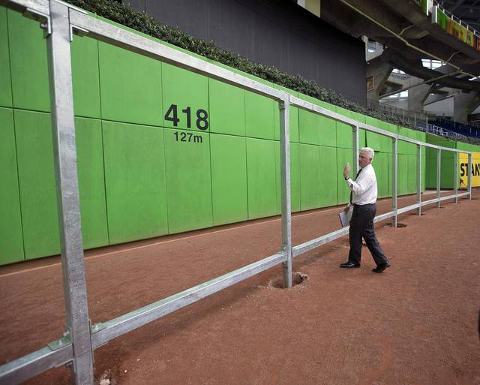Cameron Rupp Has Been Red Hot
Cameron Rupp has been surging for the past month and a half, producing a .298/.353/.575 slash line over that period. Pretty solid numbers in their own right, and he has been one of the most valuable offensive forces in baseball over this stretch (ranked 29th by wOBA). It is even better when you consider he is a catcher with a 7% owned rate in the Yahoo leagues.
Following the conclusion of the 2015 season, during the end of season meetings, Pete Mackanin suggested Rupp may benefit from altering his bat path. During the off season, Cameron with the aid Chris Edelstein, a batting instructor he has known since childhood, went to work on shortening his bat path and focusing on the top of the ball. He came into spring training this season with a newly adapted swing, one in which he describes as having “a minor adjustment.” In early May, Rupp told Joe Harris, a contributor of MLB.com:


